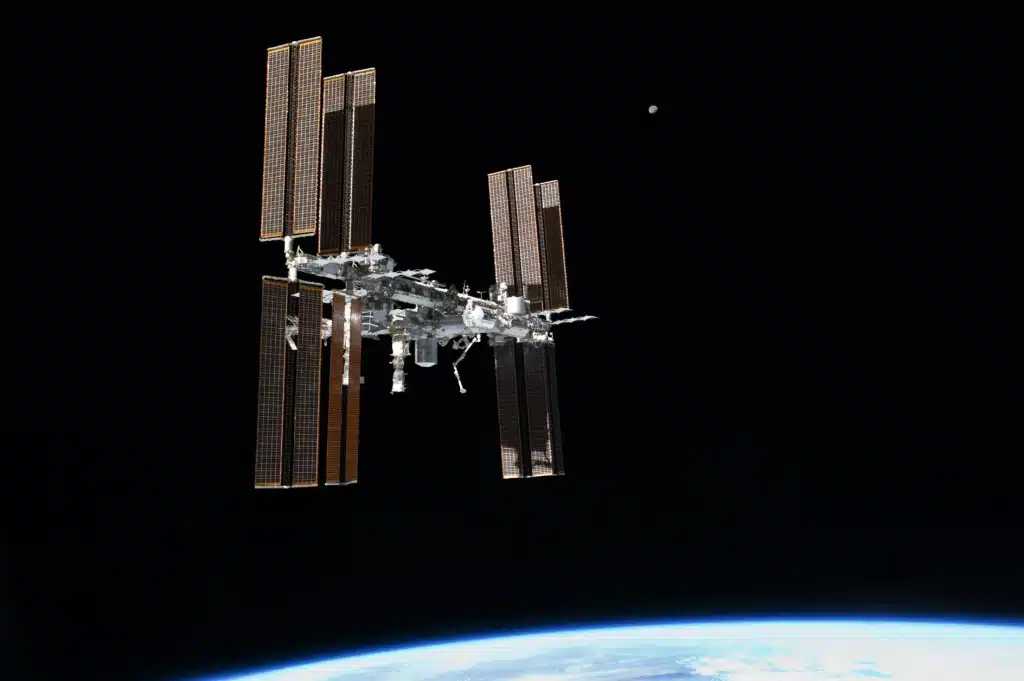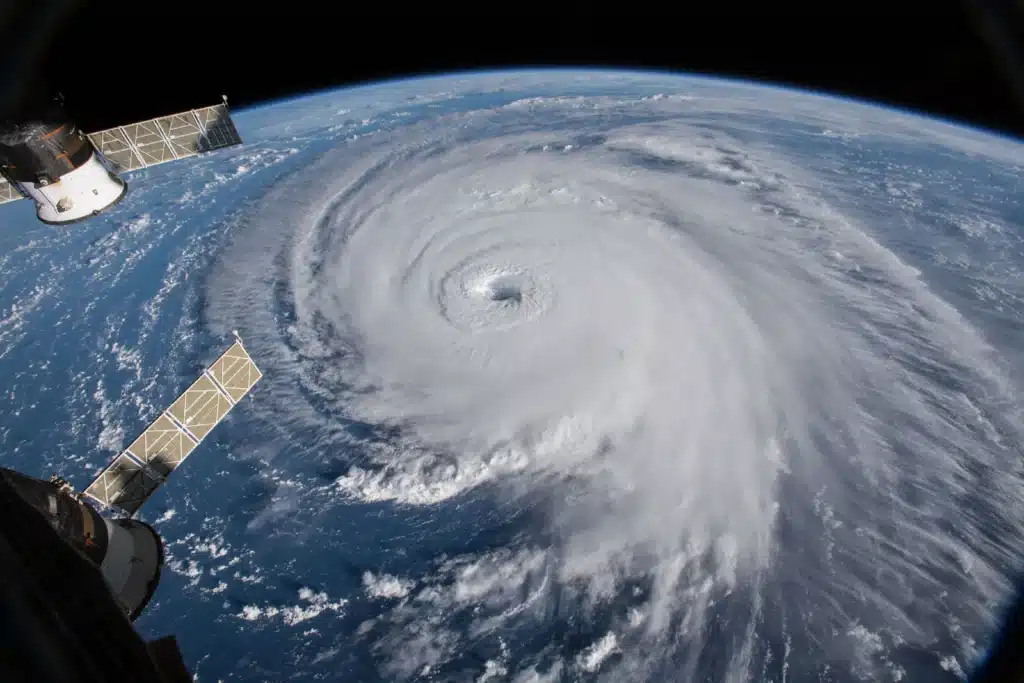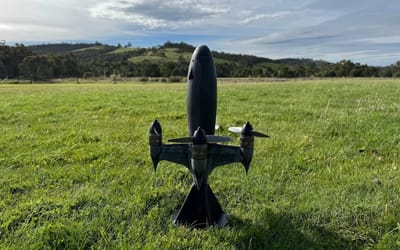China’s Tiangong Space Station now has its own AI chatbot co-pilot
Published on Aug 26, 2025 at 10:50 AM (UTC+4)
by Callum Tokody
Last updated on Aug 26, 2025 at 3:49 PM (UTC+4)
Edited by
Kate Bain
An AI chatbot has been added to China’s space station, giving astronauts a digital assistant for the first time.
Called Wukong, the system went live in July and was immediately used during a spacewalk.
It helps with navigation, mission planning, and safety checks, while reducing the workload on astronauts.
The installation marks the beginning of artificial intelligence taking on routine responsibilities in orbit.
DISCOVER SBX CARS – Bid now on supercar auctions powered by Supercar Blondie
The AI chatbot co-pilot
Wukong takes its name from Sun Wukong, the Monkey King in Chinese folklore.
It is designed to act as a co-pilot, helping crews on the Tiangong space station monitor data, map routes, and respond to hazards.
By processing information quickly, the AI chatbot can flag risks and support taikonauts in demanding tasks.
China’s space agency has stated that the chatbot is meant to assist, not replace, astronauts.

On its first mission, Wukong supported three astronauts working outside the station.
The system gave the crew an extra layer of monitoring during the operation.
The Tiangong space station has been continuously crewed since 2022 and now hosts scientific and technical research.
The addition of Wukong provides a test case for how artificial intelligence can be integrated into daily orbital work.
It also gives astronauts a tool to manage the strain of long missions.
China pushes AI further into space
The deployment of Wukong is part of a wider program to introduce artificial intelligence into crewed spaceflight.
Previous Chinese missions have used autonomous docking and robotic navigation, but Wukong is the first conversational AI chatbot installed for daily crew use.
Its presence aboard Tiangong puts China ahead of most rivals in applying AI directly to operations.
NASA and the European Space Agency are also exploring AI assistants, though their systems are still in trial phases.

China has opted for active deployment, allowing its crews to use Wukong in real conditions.
Analysts note that future versions could run maintenance checks, predict faults, and provide interaction during extended flights.
China’s choice to place an AI chatbot aboard a space station shows how artificial intelligence is moving into frontline roles.
Wukong has already been tested during a spacewalk, and it is expected to remain part of future missions in low Earth orbit and in planned lunar expeditions.
The system gives astronauts new support as China develops longer and more complex flights.
DISCOVER SBX CARS: The global premium car auction platform powered by Supercar Blondie
Callum Tokody is a content writer at Supercar Blondie, where he covers the latest in the automotive world with a focus on design and performance. With a background in automotive journalism, he has contributed to a range of publications in Australia and the UK. In addition to his writing, Callum also heads up PR and communications, helping to build and strengthen partnerships within the industry. Outside of work, he’s a design enthusiast with a soft spot for anything with a V8 and a good story.




